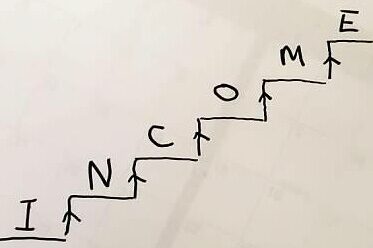By Dave Kelly, Minnesota Bankruptcy Attorney
Qualifying for a Straight Bankruptcy
The most common type of bankruptcy is Chapter 7. It also tends to be the most desirable form of bankruptcy. Often it is referred to as “straight bankruptcy.” It is the type of bankruptcy where usually you can get rid of all your unsecured debt in just a few months with minimal cost. There is typically no payment plan, just relief from your debt.
The best way to qualify for a Chapter 7 is to have annual income below the median for your household size in your state. If your income is a bit higher than that, you might still be able to qualify by passing a means test; but the means test is not all that easy. I would prefer to have your income below the median if we are going to do a Chapter 7. If it is much above the median, I would probably suggest a Chapter 13.
Meidan Income – A Moving Target
The US Trustee’s office has just announced the biggest increase in Minnesota median incomes for bankruptcy purposes that I can remember seeing. I calculate that the increases are around 8% for all the household sizes between one and four. Since these increases are supposedly based on a six month period, they seem to be thinking that median incomes in Minnesota have been increasing by 16% on an annual basis. I find that hard to believe, but I won’t complain.
Most years the median income numbers are adjusted on April 1st and again on November 1st. Sometimes they all go up, sometimes they all go down, sometimes the ups and downs are mixed, and sometimes they don’t change at all. Every state is different and is assigned their own set of numbers.
Latest Numbers for Minnesota
Here’s the exact Minnesota numbers as of the recent update copied from my Chapter 7 page:
One person: $ 71,643
Two people: $ 90,946
Three people: $ 114,267
Four people: $ 141,324
Add $9,900 for each individual in excess of4
For a household of one the increase is $5,309 per year. For a household of two it’s a $6,739 per year increase. It’s $8,467 for a household of three, and $$10, 472 for a household of four. If you thought you didn’t qualify for a Chapter 7 before, take another look. These numbers could make a big difference.
Call or text me at 952-544-6356. We can set up a time for a free telephone consultation to talk over the details of your case.










